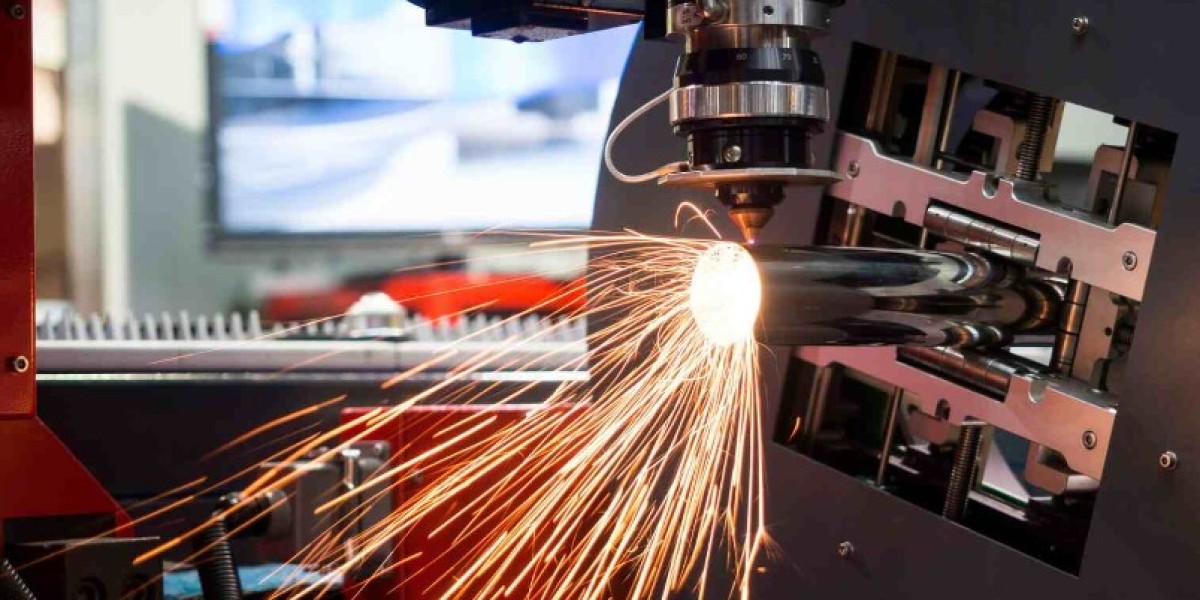Introduction
In the world of modern manufacturing, Sheet Metal Prototyping plays a crucial role in developing high-precision components. From automotive and aerospace industries to electronics and medical devices, sheet metal prototyping allows companies to create, test, and refine designs before full-scale production. This guide explores the benefits, processes, applications, and best practices of sheet metal prototyping to help you understand its significance in precision manufacturing.
What is Sheet Metal Prototyping?
Sheet metal prototyping is the process of creating early-stage metal parts and components for testing and validation before mass production. By using computer-aided design (CAD) software and advanced fabrication techniques, manufacturers can produce functional prototypes that match final production specifications.
Prototyping helps engineers evaluate design feasibility, material behavior, and structural integrity, ensuring that the final product meets quality standards and performance requirements.
Advantages of Sheet Metal Prototyping
1. Cost-Effective Development
Prototyping helps identify design flaws early in the process, reducing costly revisions during mass production.
2. Rapid Design Validation
With quick turnaround times, sheet metal prototyping allows manufacturers to test and refine designs efficiently.
3. Material Versatility
Sheet metal prototypes can be created from various metals, including aluminum, stainless steel, and titanium, depending on the application's requirements.
4. Customizability
Prototyping enables manufacturers to experiment with different shapes, sizes, and finishes to optimize functionality.
5. Improved Manufacturing Efficiency
Testing prototypes before mass production ensures that the final manufacturing process runs smoothly with minimal errors.
Key Sheet Metal Prototyping Processes
1. Laser Cutting
A high-powered laser beam precisely cuts sheet metal to create intricate shapes and patterns with minimal material wastage.
2. CNC Punching
CNC (Computer Numerical Control) punching machines create precise holes, slots, and patterns in sheet metal by applying force through a series of punches.
3. Bending and Forming
Using press brakes or CNC forming machines, sheet metal is bent into the required angles and shapes to match design specifications.
4. Welding and Joining
Different welding techniques, such as TIG, MIG, and spot welding, are used to join sheet metal components securely.
5. Finishing and Surface Treatment
Processes like powder coating, anodizing, and sandblasting enhance durability and provide corrosion resistance to sheet metal prototypes.
Industries That Benefit from Sheet Metal Prototyping
1. Automotive Industry
Sheet metal prototypes are essential in developing vehicle components, such as brackets, enclosures, and structural parts, before mass production.
2. Aerospace Industry
Prototyping allows aerospace engineers to test lightweight and high-strength metal components for aircraft and spacecraft applications.
3. Medical Device Manufacturing
Precision sheet metal prototypes help in designing medical enclosures, surgical instruments, and diagnostic equipment.
4. Electronics Industry
Custom metal enclosures, heat sinks, and casings for electronic devices are developed through sheet metal prototyping.
5. Consumer Products and Appliances
Manufacturers use sheet metal prototyping for creating parts used in household appliances, industrial machinery, and custom enclosures.
Choosing the Right Sheet Metal Prototyping Service Provider
1. Expertise and Experience
Selecting a provider with extensive experience in sheet metal prototyping ensures high-quality and precise results.
2. Advanced Manufacturing Equipment
Look for a provider equipped with state-of-the-art CNC machines, laser cutters, and finishing technologies.
3. Material Selection and Customization
A good service provider should offer a variety of metals and customization options to suit your project needs.
4. Quality Control and Certifications
Ensure the provider follows strict quality control measures and holds industry certifications such as ISO 9001 for precision manufacturing.
5. Turnaround Time and Cost Efficiency
Balancing cost and delivery speed is crucial when selecting a sheet metal prototyping partner.
Best Practices for Sheet Metal Prototyping
1. Optimize Design for Manufacturability (DFM)
Simplify complex geometries, reduce excessive bends, and minimize welds to improve manufacturability and cost-efficiency.
2. Choose the Right Material
Select metals that align with your product’s strength, weight, and corrosion resistance requirements.
3. Utilize Advanced Software for Design and Simulation
Leverage CAD software and simulation tools to detect potential design flaws before fabrication.
4. Implement Precision Cutting and Bending Techniques
Using high-precision laser cutting and CNC bending ensures accuracy and reduces material wastage.
5. Conduct Rigorous Testing and Quality Inspections
Verify prototypes through structural analysis, stress testing, and dimensional inspections to ensure optimal performance.
The Future of Sheet Metal Prototyping
With advancements in AI-driven manufacturing, 3D metal printing, and automated fabrication technologies, sheet metal prototyping is becoming faster, more precise, and more cost-effective. Companies adopting these innovations will benefit from improved product development cycles and increased market competitiveness.
Conclusion
Sheet Metal Prototyping is an indispensable process in precision manufacturing, providing cost-effective, customizable, and high-accuracy solutions for industries ranging from aerospace to consumer electronics. By utilizing advanced prototyping techniques, manufacturers can streamline production, reduce errors, and ensure superior product performance.
If you are looking for reliable sheet metal prototyping services, partnering with an experienced provider will help you achieve precision-engineered components tailored to your specific requirements. Explore the possibilities of sheet metal prototyping today and take your product development to the next level!









